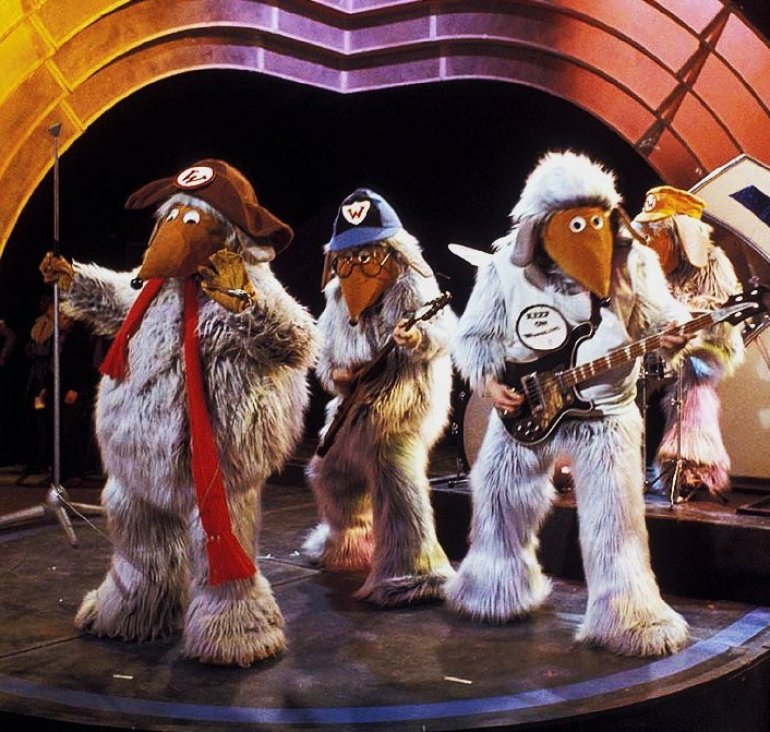![By Dudley Miles (Own work) [CC BY-SA 3.0 (http://creativecommons.org/licenses/by-sa/3.0)], via Wikimedia Commons](https://markavery.info/wp-content/uploads/2016/11/Wimbledon_Common_2.jpg)
What’s the connection? There’s a Dartford Warbler on Wimbledon Common, the alleged home of the Wombles today. The image above makes it look like pretty good habitat for them.
Maybe you’ll see Great Uncle Bulgaria or Orinoco if you have a look for a Dartford Warbler?
I’ve always wondered how Dartford Warblers made the jump from the Surrey heaths to those in Suffolk. Did they fly up very high one night and spot some distant good habitat and head for it? Or are they always rushing about looking for new patches of heathland on which to settle? Might I see a Dartford Warbler fly past me along a hedge in Northants one day as it roams the countryside in a search for non-pastures new?
Are little patches of habitat important stepping stones for such movements? Will the Dartford Warbler on Wimbledon Common be there tomorrow and for a while? But when it goes will it head north, south, east or west, or down a cat’s throat?
Just as human societies are built or destroyed on the sum of lots of individual behaviours, so too are bird population increases, decreases and changes. The increased use of data loggers and satellite tags will open up this world to us for birds over the next few years, if not for Wombles.
[registration_form]
Anyone that doesn’t already know what the Wombles are, the entire series is available (legally) to watch on youtube. Just search Wombles Series1 Episode1.
Womble Song
Mark, You have really disappointed me. What do you mean by ‘fictional’ furry nosed creatures. Having seen them on the tele I have spent many years trying to find evidence of such creatures in my area. You will be telling me soon that the man who parks his sledge on my roof each year isn’t real either!
WE find wintering Dartford Warblers in Kent, usually in scrubby coastal habitats at Dungeness and Sandwich Bay. People often imagine that they must find gorse and heather, but the Sandwich Bay bird are often in stunted Sea Buckthorn associating with Stonechats, while the birds I have seen at Dungeness seem as happy in Bramble patches as anywhere else! Several years ago a small breeding population was found i young pine plantations on forestry land, they remained until the trees grew too large and reduced field layer cover. They have also bred in the past in a very unprepossessing industrial site on the coast ,so my advice is to keep looking and listening and try not to look only in ‘suitable habitat’!!
“…or down a cat’s throat?”
More likely a Sparrowhawk’s gullet.
And that is why we must keep Sparrowhawk numbers in check.
Say those who are ignorant about the role of raptors in nature.
While there were several reports of dartfords in Staffordshire some years ago, the only Derbyshire record in the last 170 years was one a few years ago which spent several winter weeks at The Sanctuary NR at Pride Park in Derby (remember the campaign to save this site?). It based itself in some bramble bushes, there being no gorse or heather anywhere near.
Perhaps, when their numbers build up some dartfords, like bearded tits, make irruptive movements away from their natal sites and maybe the direction they travel is random?
Nick
The frequent association between dartfords and stonechats is well documented and very intriguing…..